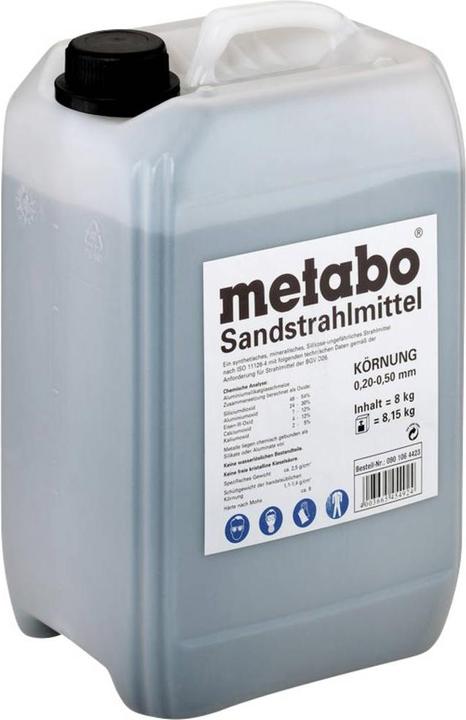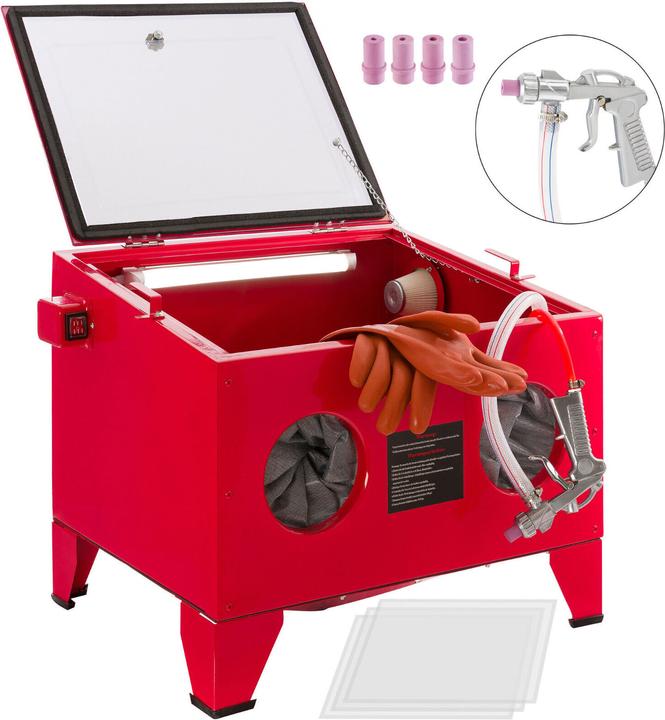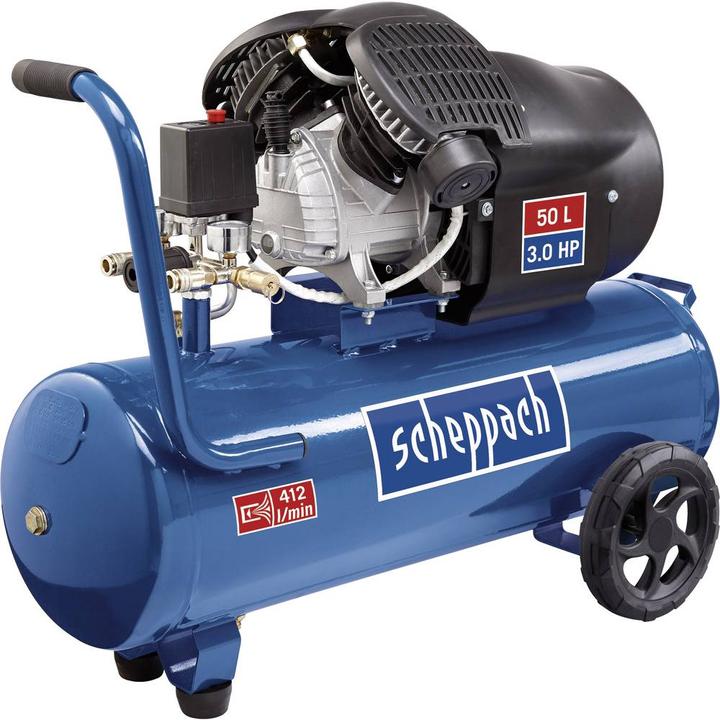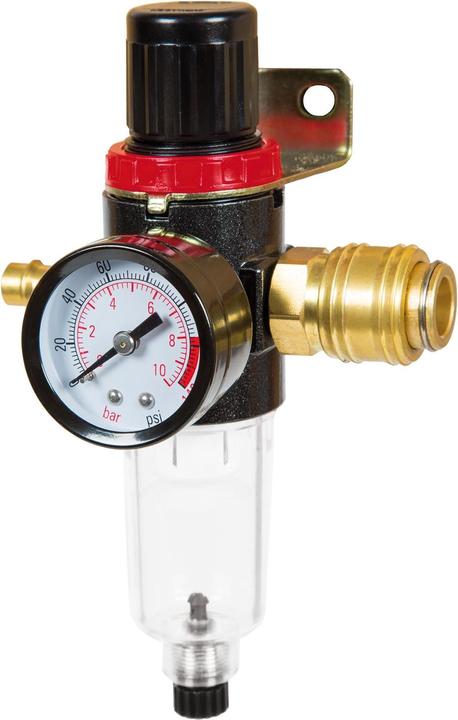

Five things I learned from my first time sandblasting
At almost 40 years old, I finally did it: I treated a surface with a blasting agent using air pressure. It was a mixed experience, which was down to my poor preparation.
Experts aren’t born, they’re made. In other words: practice, practice, practice makes perfect. In my case, this is sandblasting. Sandblasting is a surface treatment where a blasting agent is sprayed onto an object using compressed air. This will remove rust and paint, for example.
In addition to practicing, preparation is key – and I’ve already failed. This made my first steps in sandblasting extremely demotivating. So that the same thing doesn’t happen to you, I've put together my most important learnings for you.
1. Use a proper sandblasting cabinet
What can go wrong with sandblasting? Naively, I throw myself into the task. I need at least a compressor, a sandblasting gun and the appropriate contents. I can borrow the first one. I’ll get hold of the other two.
Next, I should do the sandblasting in a cabinet. Otherwise, the mess will spray everywhere. I don’t want to buy one because it’s too expensive. So, without further ado, I build my own from leftover wood – without getting clued up on the specific features of a cabinet.
Mine has several shortcomings. It’s too small, doesn’t seal properly and doesn’t give me enough visibility. The worst part, though, is that the material in my gun runs out within a minute of sandblasting. Then I have to refill it. I don’t want to waste the material, so I sweep it up with a shovel and broom after each blast and pour it back into the gun. This means that blasting my item takes an hour and a half. Using a proper cabinet where the blasting agent can circulate, I’d probably be done within ten minutes. It’s very frustrating.
So: get a proper sandblasting cabinet or rent one.
2. Don’t waste; reuse
This point follows on from the one above. Even if you’re working with a box like me, you should reuse the abrasive. An enormous amount of material is used in each session. You can reuse this – at least for one project – and save money.
So: reuse blasting material; don’t just blow it into the air.
3. Compressors over 30 years old are too old
I borrowed my dad’s compressor for my experiment. The [Miolectric Master 25] (https://www.migros-service.ch/de/p/61120070000003/kompressor-miolectric-master) (in German) is almost as old as I am. I still remember pumping up my bike tyres with it as a child. Why am I telling you this? Because the compressor should provide the puff I need. Although I set the gauge to the recommended 30 to 40 psi (2 to 2.7 bar) for my project, I feel like it’s too weak.
This is because it only has a delivery rate of 90 litres per minute (l/min). Depending on the source, however, at least 270 l/min or even 400 l/min are required for sandblasting. When the Master 25 gave up the ghost after an hour of blasting, I got my father a new compressor. It only delivers 200 l/min – I simply don’t have the money for a more powerful one – but it’s clearly more efficient.
So: get yourself a powerful compressor.
4. Moisture is your enemy
When it comes to sandblasting, dry air is key. So, you need to close the water separator between the compressor and the sandblasting gun. This drains condensed water. If moisture gets into your sandblasting agent, it can cause sticking. Thanks to my water separator, I at least didn’t have this problem.
So: close the water separator.
5. Vacuum the dust
This point follows on from the first one. Sandblasting creates a lot of dust. Despite the cabin, you should wear a protective mask. The dust isn’t just harmful to your lungs, but also to your eyes. Eventually, I can no longer see anything in my homemade box because there’s so much dust. I have to hoover it up regularly so I can see more clearly. The sandblasting cabin should therefore also have a corresponding outlet.
So: vacuum cleaner on, dust out.
From big data to big brother, Cyborgs to Sci-Fi. All aspects of technology and society fascinate me.







